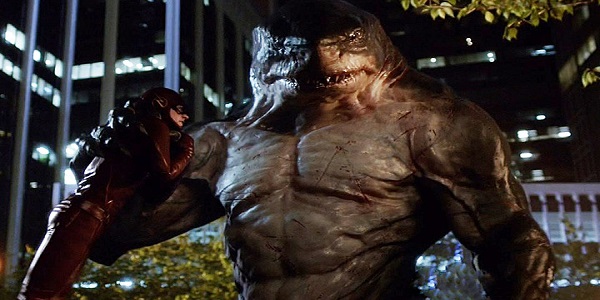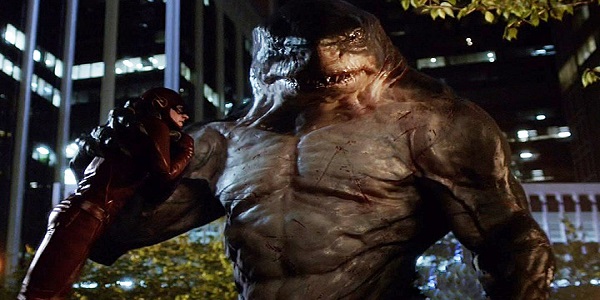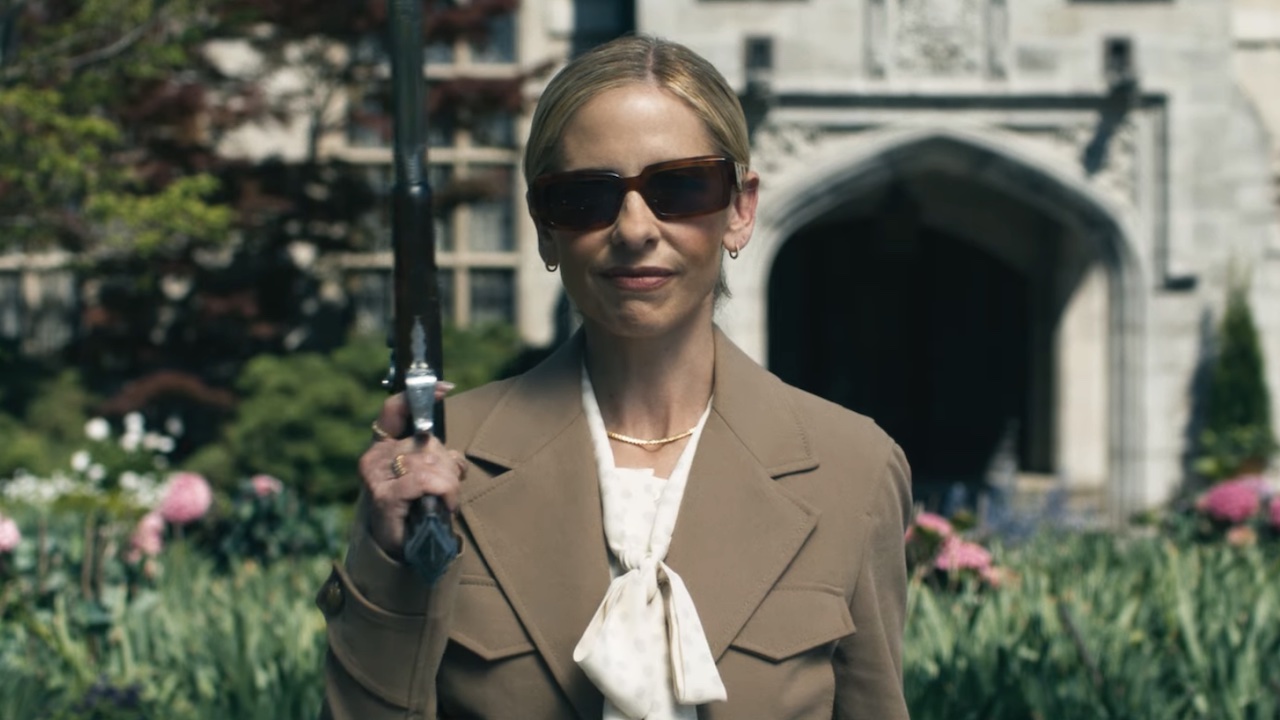Why Superhero CGI Is Way Easier Than Normal CGI, According To The Flash's Effects Supervisor

The Flash on The CW is remarkable for many reasons, and one of the biggest has to be the way it consistently brings special effects fit for the big screen onto the smallest of the TV networks. Even when the plots and characters don’t necessarily make the most sense, the superpowers look great. According to Flash visual effects supervisor Armen Kevorkian, CGI is actually much easier to handle for superhero programs than for series based even more on basic reality.
Shows that have invisible effects, you’re faced with that challenge of integrating certain things that people are used to seeing. There are shows that I’ve done where we’ve had to add a city full of cars on a non-effects show. If you didn’t do that right, people would notice that mistake more than if you do a superhero show with powers, which is something you establish so people buy into what’s presented to them rather than something they’ve seen for real. There was one show that I did where we had to re-create Pearl Harbor, and that was all real things people are used to seeing: airplanes, environments, explosions. So it’s either how people imagined it to be or it’s not.
Armen Kevorkian’s explanation to THR about why it’s easier to create special effects for a superhero series than for a series bound by the laws of physics makes a lot of sense considering all that The Flash has managed in its two seasons so far. We can’t exactly call shenanigans on how a speedster runs across water to trap a giant malevolent man-shark because there’s just no basis for comparison in the real world. Being struck by lightning seems to have given Barry a carte blanche to achieve the impossible. Suspension of disbelief and expectations is part of the package of watching The Flash.

Of course, Barry isn’t exactly breaking any sound barriers at the moment, but there have been other characters to pick up the special effects slack while he’s been running at normal speed. Armen Kevorkian and the special effects team on The Flash deliberately designed the CGI for Zoom to set him apart from Barry, so they’ve still had a speedster to handle even after Barry lost his speed. The villain Rupture’s fiery scythe weapon was something new to television, and Killer Frost’s icy powers don’t exactly have a precedent in nature for The Flash to have to imitate. Barry appearing to disintegrate at the end of the last episode was definitely unexpected, as well.
Now that Season 2 has introduced parallel Earths with even more metahumans, as well as opened the door to a possible crossover with Supergirl and all of the aliens menacing Kara Danvers on her Earth, Armen Kevorkian is likely to be very busy turning the impossible into the possible on The Flash for a while yet. Hopefully, the effects will continue to look as great as they do each week.
The Flash is winding down in Season 2, but you can catch the remaining episodes on Tuesdays at 8 p.m. ET on The CW. For a look at what you’ll be able to watch once the Flash finale airs, check out our schedule of summer TV premiere dates.
Your Daily Blend of Entertainment News

Laura turned a lifelong love of television into a valid reason to write and think about TV on a daily basis. She's not a doctor, lawyer, or detective, but watches a lot of them in primetime. CinemaBlend's resident expert and interviewer for One Chicago, the galaxy far, far away, and a variety of other primetime television. Will not time travel and can cite multiple TV shows to explain why. She does, however, want to believe that she can sneak references to The X-Files into daily conversation (and author bios).
